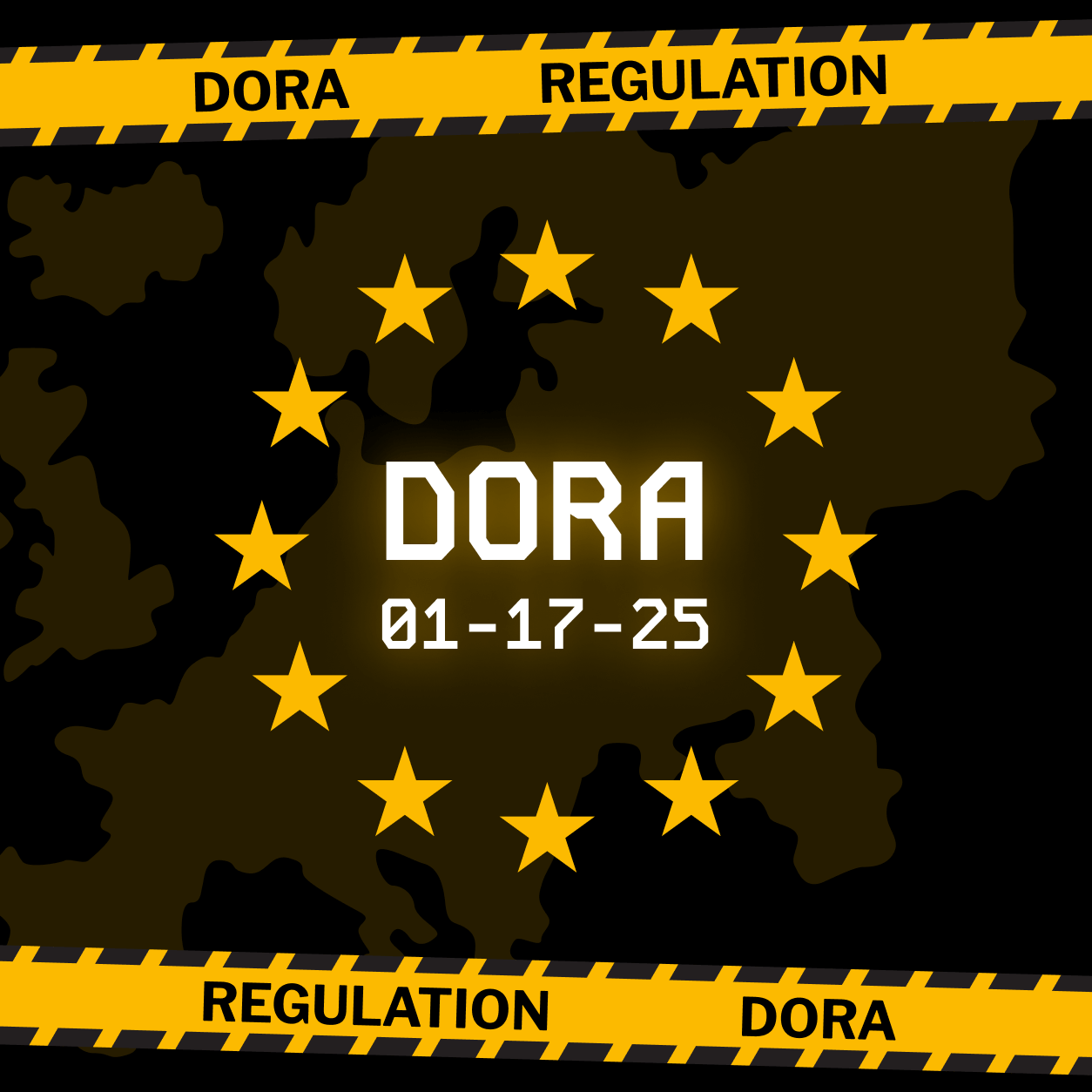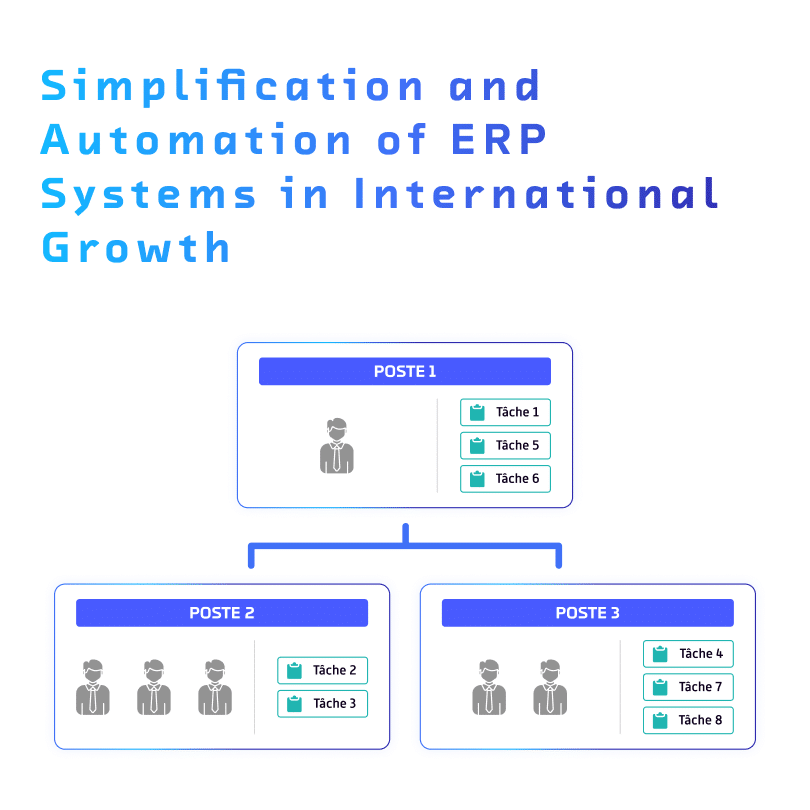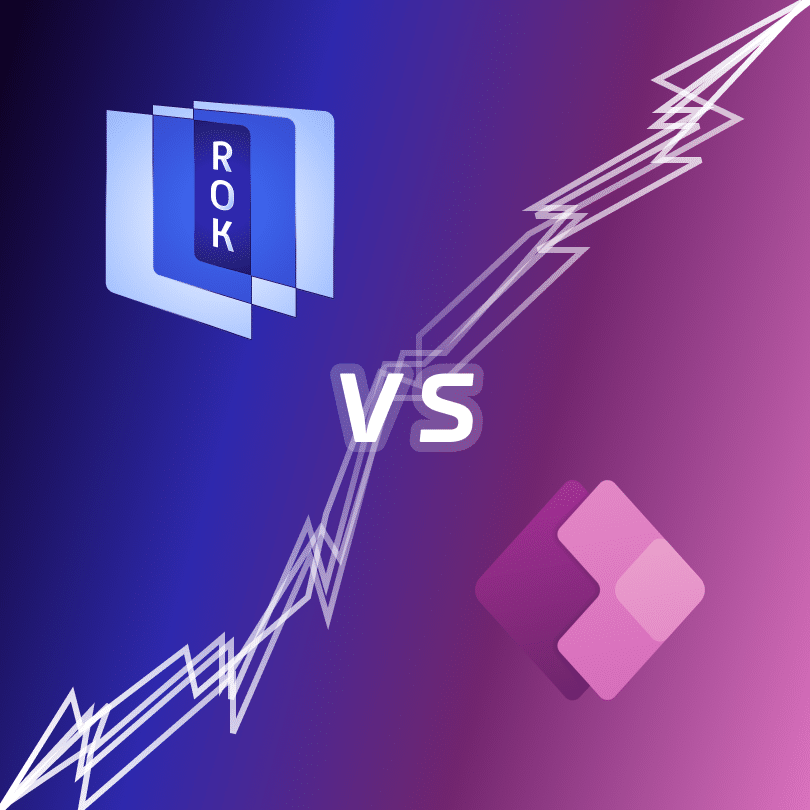
DORA: How ROK Solution simplifies your compliance before the January 2025 deadline
⏳ The DORA Regulation Is Coming Into Effect Soon! On January 17, 2025, all financial institutions in the European Union will need to comply with the Digital Operational Resilience Act (DORA), an ambitious regulation designed to strengthen digital operational resilience against risks associated with information and communication technologies (ICT). However, according to a study conducted by the audit and consulting firm Grant Thornton, 75% of companies subject to DORA had initiated compliance work by the end of 2023, but most were still in the early stages of the process. At ROK Solution, we understand the challenges you face in ensuring the continuity of your operations and meeting these new requirements. This is why we have developed an intuitive, secure, and powerful platform to support you in achieving DORA compliance. What is DORA and why is it essential? The Digital Operational Resilience Act (DORA) establishes a common regulatory framework to ensure that financial institutions can withstand, recover, and continue their operations in the event of ICT-related disruptions. This regulation harmonizes digital resilience practices across the entire European financial ecosystem. DORA is essential because it: Strengthens digital security: Reduces vulnerabilities and IT risks. Protects the continuity of financial services: Ensures the resilience of critical services during crises. Harmonizes European practices: Establishes common standards to anticipate and respond to threats. Scope of application: DORA applies to a wide range of entities, covering over 18,000 financial institutions according to the EBA: Financial institutions: Banks, insurance companies, asset managers. Critical technology providers: Cloud service providers, SaaS, and strategic infrastructures. Fintechs and payment institutions: Innovative digital players integrated into the financial value chain. This scope ensures global resilience, addressing both internal and external dependencies. Main objectives: The main objectives of DORA are: Strengthen cybersecurity and reduce digital operational risks: Identify and mitigate vulnerabilities in ICT systems. Ensure the continuity of critical financial services by minimizing disruptions. Create a harmonized European framework: Standardize digital resilience practices across the sector. Enhance digital governance: Hold executives accountable for ICT risk management and ensure ongoing monitoring. Key requirements: According to the European Banking Authority (EBA), nearly 60% of companies affected by DORA were not yet compliant by the end of 2023. This exposes these organizations to costly operational disruptions and significant financial penalties. These fines can reach up to €10 million or 5% of total annual revenue, depending on the severity of non-compliance. ICT Risk Management: Identification, classification, and mitigation of critical vulnerabilities through dynamic controls and continuous assessments. Business Continuity: Development of robust plans and regular resilience testing with realistic scenarios (IT outages, cyberattacks). ICT Incident Monitoring: Proactive detection of incidents using metrics such as MTTD (Mean Time to Detect) and MTTR (Mean Time to Recover). Third-Party Supervision: Auditing and monitoring critical suppliers with a focus on risks related to the supply chain. Reporting and Traceability: Implementation of compliant dashboards (Excel, JSON, API formats) for tracking and reporting to authorities. Dedicated Governance: Involvement of executives in a proactive digital risk management strategy. How ROK Solution helps you meet DORA requirements 1. Mapping critical systems ROK Solution provides advanced tools to meet DORA requirements: Dynamic and automated mapping: Real-time synchronization with your existing IT tools such as CMDB (Configuration Management Database) or SIEM solutions. Identification of critical dependencies: Prioritization of mitigation plans through analyses based on dynamic scoring. Visualization of internal and external ICT flows: Enables optimized planning of continuity scenarios and impact assessments in case of disruptions. Auditable, compliant reports: Automatic provision of documents for internal and regulatory audits. 2. Simplified ICT risk management Our platform simplifies and automates proactive ICT risk management: Continuous assessment of vulnerabilities and threats with dynamic dashboards. Automation of corrective action prioritization to quickly address critical weaknesses. Generation of customized reports compliant with audits and DORA standards. 3. Business continuity and resilience testing With ROK Solution, create and manage robust business continuity plans: Preconfigured templates aligned with DORA standards to design your BCP/DRP plans. Realistic ICT crisis simulations with result analysis and improvement planning. Automated post-test reports to demonstrate compliance and track the effectiveness of actions. 4. Proactive incident monitoring ROK Solution ensures rapid and effective incident management: Advanced disruption detection: Integration of real-time monitoring tools with configurable alerts to minimize interruptions. Centralization of incident data: In-depth analysis and structured reporting for each event. Automation of corrective responses: Precise tracking of key metrics such as MTTD (Mean Time to Detect), MTTR (Mean Time to Recover), and MTTA (Mean Time to Acknowledge), ensuring continuous improvement in response times. 5. Supervision of critical ICT providers ROK Solution helps you manage your supplier relationships with optimized tools: Dedicated critical provider repository: Centralization of key information (performance, contracts, risk matrices) with dynamic tracking. Collaborative resilience testing: Coordination with suppliers to conduct shared crisis scenarios, including automated reports on their response capabilities. These scenarios are based on realistic simulations, such as critical system outages or targeted cyberattacks, and are co-developed with your suppliers to ensure a coordinated response. Continuous automated audits: Real-time monitoring of supplier compliance with DORA standards, including proactive detection of potential vulnerabilities in the supply chain. 6. Reporting and traceability ROK Solution simplifies the management of reporting obligations with: Interactive dashboards: Compatible formats (Excel, JSON, API) for seamless integration with existing systems. Real-time action traceability: Historical tracking of modifications and corrective measures for complete transparency during audits. Key performance indicators (KPIs): Measurement of critical timelines (MTTD, MTTR) to continuously optimize your resilience strategies. Why choose ROK Solution for your DORA compliance? An integrated solution: Centralize risk management, resilience testing, and supervision within a single platform. No-code technology assisted by generative AI: Configure customized workflows quickly, without requiring technical expertise. Accelerated compliance: Leverage ready-to-use templates to reduce deployment timeframes. Enhanced security: Ensure comprehensive protection of your sensitive data, compliant with European standards. Strategic collaboration: In partnership with SmartBot Consulting, benefit from advanced RPA and BPM solutions to optimize your processes. ROK Solution is one of the few platforms that combines centralized risk management, flexible no-code capabilities, and generative AI. This allows for the creation of


